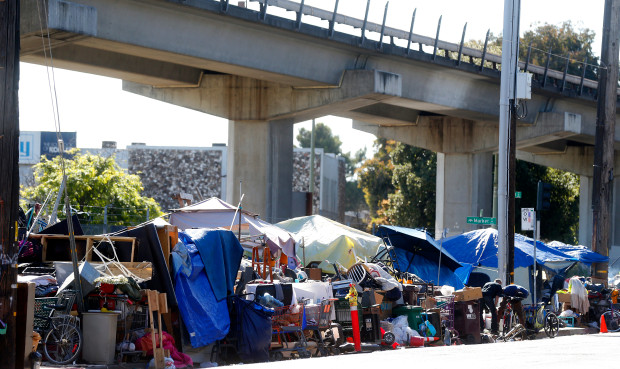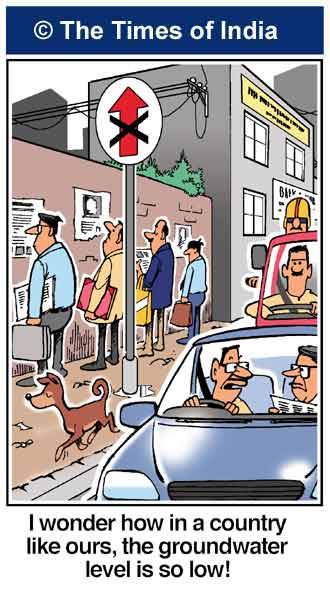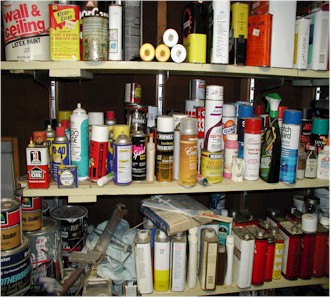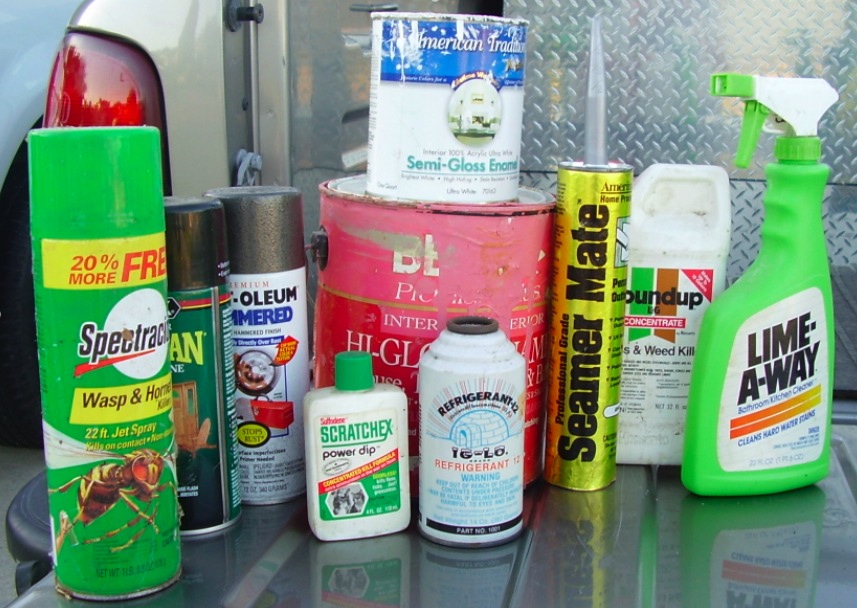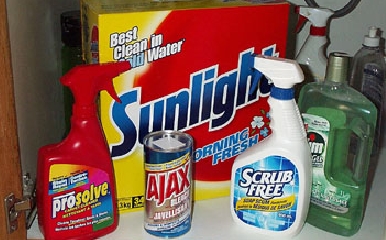The Narmada dam has the support of the vast majority of the Jain community in India, but the project violates the major tenets of Jainism.
A look at the dam from the perspective of various Jain principles (applies to Hindu and Buddhist and most religious principles too).
A shorter version was published in 2001 in Jain Spirit and a version with a different introduction published in Sutra in 2008.
Many arguments had been put forth on the logic (or illogic) behind the dam-building activities in India (and the world). A few had talked about the history of rivers and the need to leave them untouched, and others had appealed to humanity to value the impacts on other life forms. However, to connect dam building to specific points in spiritual and religious traditions was something i had not seen. This essay flowed unconsciously from that viewpoint on the day when the great talk show prize was reached and the approval was given to raise the height of the Narmada dam.
My first essay on water issues discusses the conflicts of the Narmada dam with with Jain principles that are held dear by the wealthy and powerful community. While Jain principles are discussed in this essay, readers should find commonality with all spiritual traditions (including Hinduism and Buddhism) emanating from the Indian subcontinent.
The end of an interesting day (October 19, 2000) in Mumbai. The stock market rose after hitting some all time lows and many of my friends are smiling. All of India is glued to the TV because the first crore (Rs 10,000,000) winner is on Kaun Banega Crorepati? (Who wants to be a Millionaire?). And i am sitting in a back room trying to transfer a confused depression into a coherent essay.
Because, you see, today the Supreme Court of India cleared the continued construction of the Sardar Sarovar dam on the Narmada river. While this news made the majority of Indians joyous, including a majority of Jains, it made me sad and confused. Why sad? The construction of this dam is against every principle of Jainism that i cherish. Why confused? Because i cannot understand the reaction of today’s Jains.
In this essay i discuss the issues surrounding this dam and the Jain community reaction in terms of four fundament tenets of Jainism: Ahimsa, Aparigraha, Anekantvada, and Poonarjanam (Karma).
Ahimsa – practice non-violence. The Sardar Sarovar dam is going to create a reservoir around 213 km (133 mile) long submerging an estimated 37,000 hectares (91,000 acres). No official survey as been done as to the actual size (hard to believe) but fields, homes, forests will be drowned and the magnitude of death and suffering is incalculable. Downstream of the dam, the drying out of a great river, causes a different torture to people and animals dependent on the flow of its waters. The enormous pollution caused by the manufacture of millions of tonnes of cement and its transportation will generate health problems and lead to tremendous suffering, not to mention global warming. Can Jains, who even worry about where they throw their hair lice, ignore this incalculable hinsa because it is indirect violence? Note that this is only one of the 30 large and 135 medium-sized dams planned in the Narmada Valley, which makes the total hinsa truly unimaginable.
There are two types of hinsa: the first is death. Death for all the plants and animals who cannot outrun
the waters or find another home. If Jainism has strong beliefs about not stepping harshly on the land because we may crush insects and worms, should not the flooding of 37,000 hectares be against our beliefs?
Other life condemned to death includes the hilsa, a fish that breeds downstream in the Narmada estuary and spends its life out at sea. Without this dual salt-water, fresh-water environment they die. Since this is their last spawning area, they will not just die, they will become extinct. Gone. Forever. Not being as glamorous as the tiger, there will not be a Project Hilsa to rescue them. The 10,000 fisher families that depend on the 13,000 tonnes of fish produce face the second type of hinsa, along with hundreds of thousands of others.
The second type of hinsa is destruction for the people (mainly tribals and Dalits) who are forced to move. Destruction of their homes, their families, their societies, and their livelihood. We would like to believe that our hinsa be alleviated by the government, which is already known to ignore the poorest of the poor, but that is unlikely. Firstly, there is no official plan on where to move them. Secondly only people flooded out are considered displaced, those who live downstream or whose homes are overrun by the canal system are not considered affected. Thirdly, there are very few resources – the chief minister of Madhya Pradesh, where the majority of the “Project Affected People” live, says that there is no arable land to give them, he can only offer them a cash compensation. What can be considered adequate compensation for breaking up family and societal structures and pushing people into shantytowns and slums? In fact, the people already displaced by the current dam have not yet been relocated (is that a signal to pause before
continuing?). When i talk to members of the Jain community, they quickly switch to the benefits. In their eyes, the cost-benefit analysis is complete and the results are in black-and-white, there is no red. The majority of Jains welcome this as a necessary sacrifice for progress. Its interesting that we Jains sacrifice a lot in their diet, by not eating meat and potatoes and often fasting, but in terms of business and finance, we are not ready to sacrifice anything, it is time for others to sacrifice.
India has become a dam building power since independence – it has built 3,300 large dams, medium and small dams are in the tens of thousands –and its record at handling the displaced, about 56 million, is dismal. For example, the original Sardar Sarovar dam started in 1961 and it was in 1992, after thirty years, each affected family (with proper documentation only) was offered a sum of 12,000 rupees per hectare, up to a maximum of 36,000 rupees, with strings attached. The number, 56 million, is so huge, it is hard to fathom. It is more than all the affected in both world wars, more than the native populations of North and South America overrun by the Europeans, more than any devastation by any dictator anywhere. But we are not under Yugoslavia’s Milosovich or Indonesia’s Suharto, we are a democracy and thus, there is no crime, nor is any external power going to intervene to help our poor.
Maybe, just maybe, one could argue that this sacrifice of 56 million people has benefited the rest of India. The figures prove that this tremendous atrocity has been in vain. A major point to consider is that more Indians live in poverty (less than two meals a day) than the entire population of India at Independence. Another point: 200 million Indians have no access to safe drinking water – dams have not helped the poor. Finally, the areas irrigated by large dams produce only 10% of India’s food grains or 20 million tonnes. That’s equal to what is lost in storage, namely rats. Could it be that we have displaced 56 million people to feed rats?
We Jains, at a personal level, are particular about the hinsa we cause and many even cover each water-tap with a cloth to block tiny life-forms that may enter our water. But as part of the larger society we well-to-do Jains not only stand by the enormous hinsa being done, but through our thirsty factories and expectant investments gain tremendously from it. My Indian lifestyle includes unlimited, running, hot water, and a washing machine, and other comforts that is built on the broken backs of displaced people. I calculate that it will take me six years of continuously chanting Michchami Dukadamto ask forgiveness of 56 million people.
Aparigraha – minimize consumption. The purpose of this dam is to provide water (electricity will be generated only in the beginning until the canals start absorbing the water). Over the past 20 years i have witnessed a dramatic increase in overall consumption in Gujarat. Small community based towns are now industrial estates. The bicycle has given way to the scooter which has given way to the car which has given way to the 4-wheel drive. TVs, remote controls, air-conditioners, mobile phones have proliferated. Instead of using efficient construction techniques and materials, concrete (arguably the most inefficient and requiring the highest maintenance) has become the mainstay (even for all Jain apasarayas). Thus water consumption has been maximized as well as the need for cooling. In addition to consumption, the need to generate wealth has created industry after industry (most are the worst polluting industries transferred from the ‘developed’ world) that suck up water and electricity.
Jains comprise less than 0.1% of the population of India but our wealth can be measured by the fact we pay over 80% of India’s income tax. This successful financial accumulation not only flies against aparigraha, it generates much power and influence. While Jains may not be the key decision makers in the Narmada project, we are likely to be highly influential if only through our investments. If we Jains actually minimize our wealth generation (and consumption), i believe that the current water and power resources would be more than sufficient for everybody’s needs and that we could stop the Narmada project if we wanted.
Anekantvada – many views of the truth. Part of accepting many facets of truth is accepting others choices. The people impacted by the dam may not have the same desire for economic growth, their wishes to stay in their own farms (among the richest land in the country) are to be respected. There is a large population of tribal people, the original inhabitants of the subcontinent (before the first Hindus and Jains), who live in harmony with the land – never taking more than it can give. Their lifestyle may be hard, but it has ensured that they have survived for thousands of years.
In fact, we could learn about ahimsa and aparigraha from them. Our modern economic lifestyle is putting a strain on local and global resources within a generation but not only do we choose to ignore the wisdom of sustainable societies, we want to convert them or eliminate them. The decisions behind the Narmada dam have never included the opinions of those directly affected – those that are required to make the sacrifice.
Another important aspect of anekantvada is to understand our bias and sources of information. Our consumerist dreams are built by businesses and fueled by politicians. And the industries are on an exponential growth curve, they have to sell more cement, transport more things and build more things. Even the agriculture business is into growth (i do not refer to farmers who grow food to eat, but businesses who want crops to return money, not food). The media is also a growth business and its income comes from advertisements and marketing of businesses. Even the law enforcement agencies and other government bodies side with the engines of business. So even if the benefits of water do not materialize to the common man, the economic gains to the cement, construction, transportation, and power generator industries, among others will be tremendous. Already Rupees 1,050,000,000 has been spent with the same amount required to complete the dam. No wonder the voices of tribals, the displaced, the animals, and the plants – all of who do not increase growth – are extremely faint today.
Another aspect of anekantvadais listen to others (especially those whose voices are growing fainter) with an open mind. Medha Patkar, Baba Amte, and Arundhati Roy (all of whom have inspired this essay) have asked questions on behalf of the displaced. Instead of being listened to, they have been beaten, arrested and labeled as spies. When Mother Teresa won a Nobel Prize, we were proud. When Medha Patkar won the Goldman Environment prize, we considered it foreign interference. All for asking basic questions: what is going to happen to the displaced? Where is the environmental impact report (without one, most people are assuming that there is no impact)? Where is an open discussion of the alternatives (again, without such a discussion, people assume there are none)?
Finally, it should be noted that there are many alternatives to the Sardar Sarovar, all at a fraction of the cost. They include trapping rain-water, growing pulses instead of rice, managing water with local schemes such as the pani panchayats in Saurashtra. Most of these alternatives require local wisdom, reduce central authority, and do not benefit the big industries of cement, transportation, construction, and, of course, economics and finance – but that does not mean that they are not valid. In fact, they are in much more harmony with Jain principles and should be pursued enthusiastically.
Poonarjanma – rebirth aspect of Karma. If we are going to be born again, what society, country would be want to be in? Are we definitely going to be born into wealthy families with unlimited access to electricity and oil and pure mineral drinking water and, probably in a few years, oxygen tanks? What if we are one of the poor? Would we want to be in a country where no river has potable drinking water? Where the groundwater has been depleted or polluted? Where no forests or woods exist? What if we are born as one of the animals or plants in this shrinking oasis? If we believe that we
are going to be born again, why are we trying to use up all of Nature’s bounty in a single generation?
For most of the supporters, the Narmada dam is a sign of hope, a cure for their current ills and of a better future. How can one argue against the promise of water, especially after a drought? This is much better than free petrol from the Middle East. This will cover up all the development mistakes made in the past – nobody need pay for the reckless use of their ground water, nobody need believe that the excessive pollution will impact people in the long run. This will enable a future where rice can be grown in the desert.
I do not wish to argue against this hope. Even the Gujarat Chief Minister has stated that the canal network will take 10-20 years to complete but will never reach Saurashtra. This huge 460 km long canal (450 meters wide at the head and 100 meters wide at the Rajasthan border) has to cross rivers like the Sabarmati and other canal systems. All along it thousands of families will be displaced, but ignored because they are not displaced by the dam. With land near the head of the canal given to sugar mills, water parks, 5-star hotels with golf courses the people at the end may have to wait. With powerful lobbies like the Baroda City Corporation eyeing the water (even though they were not on the original beneficiary list), those really in need will have to wait even longer. Wait like the farmers in Aurangabad, waiting 41 years after the completion of their dam for a sign of the canal to go past the municipal corporation. Is it too unreasonable to ask that the canal network be built, and all the pumping stations and the drainage systems tested before they continue construction of the dam?
Another cause of support for the dam is that it will prevent floods for the more important people downstream (remember that the less important people behind the dam are permanently flooded out). The question to ask is why should others pay for the reckless development in concrete and asphalt (both materials that do not absorb water) close to a major river. One solution is to provide public or agriculture areas in the flood plains for that have the ability to absorb water in the monsoons. This experiment was successfully conducted in Brazil where a city’s boundaries were moved back a few hundred meters from the river. These inexpensive (and, it must be admitted, not as contributory to the economy) means of preventing floods are well aligned with Jain principles.
For all the reasons discussed above, the construction of the dam causes me grief and the fact that the majority of Jains do not see any conflict between their beliefs and this dam causes me confusion.
I want to mention there are a few Jains who are actively campaigning against this project, but it is the massive support by the majority that has me sadly confused.
To eliminate my sorrow i need a few answers: am i misunderstanding the basic principles of my religion or why does not my religion provide a real context in the modern world to the majority of its followers? Why is it no longer a counsel to define the criteria for development and success? Why does it not help distinguish between needs and wants today?
Maybe i should let my religion – Jainism – be restricted to guide me mainly in my food habits. And then, as the majority of Jains today, let the rest of my views on life: progress, development, happiness, greed, ethics, etc. be defined by modern economics and the seductive marketing forces emanating from it. This will eliminate a conflict and happiness should be close behind, right?


